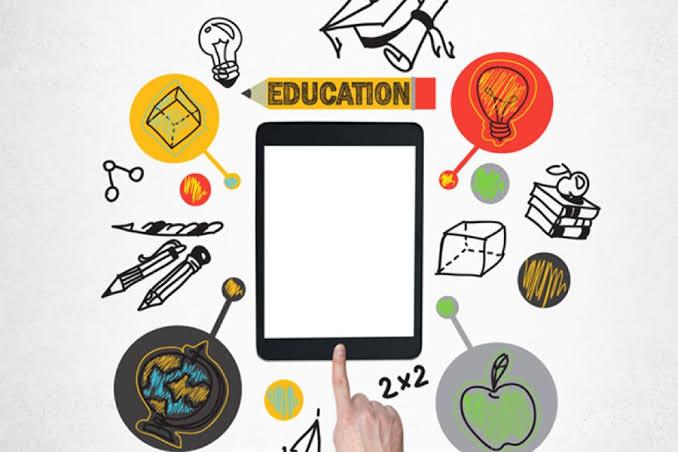In today’s rapidly changing world, technology has become an integral part of modern education. The use of technology in schools has revolutionized the way students learn and teachers teach. It has made education more accessible, engaging, and interactive, creating endless possibilities for both students and teachers. Through this blog, we at National Public School will understand the role of technology in modern education.
One of the most significant benefits of technology in education is the ability to personalize learning. With the help of technology, teachers can create individualized lesson plans that cater to each student’s unique learning style, pace, and interests. Students can also access a wealth of online resources and tools that enable them to learn at their own pace, on their own time, and in their preferred environment.
Furthermore, technology has made learning more engaging and interactive. Gone are the days of blackboards and textbooks; modern classrooms are equipped with digital devices, interactive whiteboards, and online platforms that allow students to participate in virtual discussions, quizzes, and games. These tools not only make learning fun but also help students retain information better and enhance their critical thinking and problem-solving skills.
Another important aspect of technology in education is its ability to enhance collaboration and communication. With online platforms such as Google Classroom, Microsoft Teams, and Zoom, students can collaborate on projects, share documents, and communicate with each other and their teachers, regardless of their physical location. This enables students to work together more efficiently, share ideas, and learn from each other.
Moreover, technology in education has made it possible for students to access education from anywhere in the world. Online learning has opened up opportunities for students who may not have access to traditional educational resources, such as those in remote or underprivileged areas. Online courses and programs also allow students to study at their own pace and on their own schedule, making education more accessible to those who have other commitments, such as work or family.

